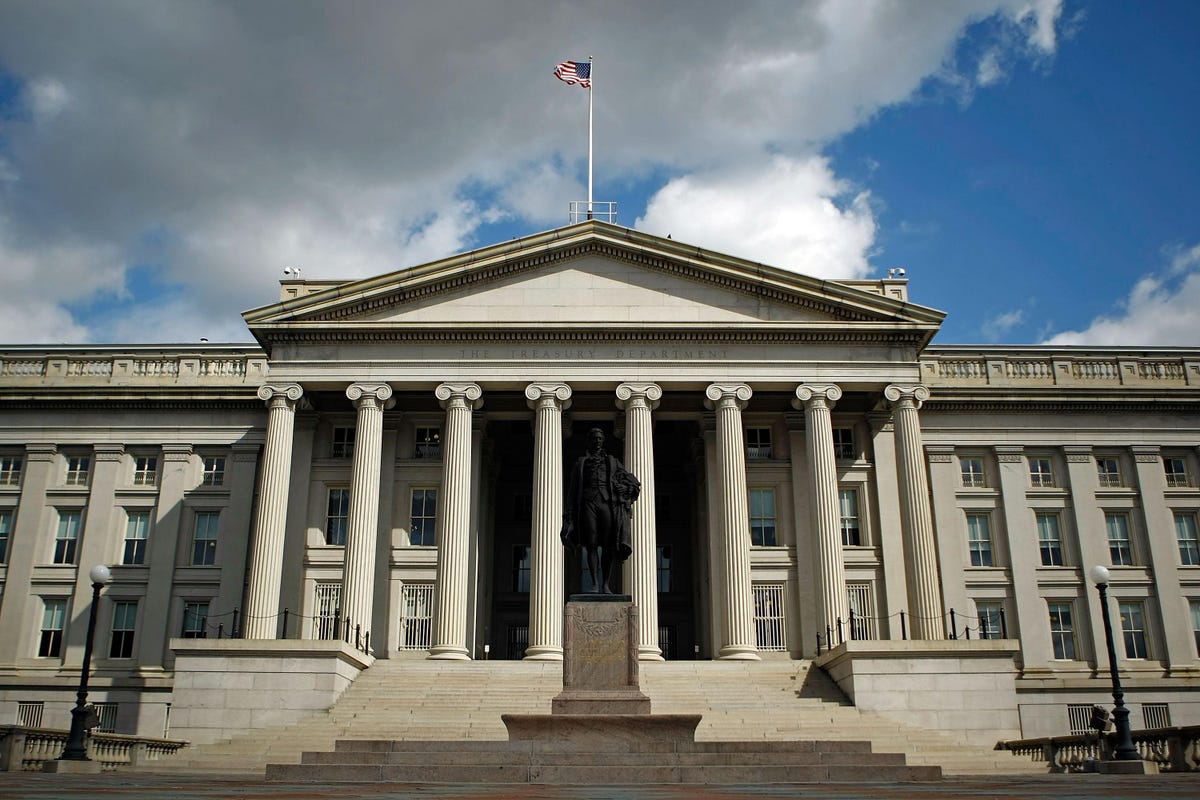A recent analysis from the Congressional Budget Office suggests there is a “significantly greater risk that the Treasury will run out of funds in early June.” That’s at the early end of previous expectations and is due, in part, to lower tax receipts. Similarly, Treasury Secretary Janet Yellen wrote that default could come “potentially as early as June 1” in a letter to House Speaker Kevin McCarthy. President Joe Biden has invited congressional leadership to discuss the debt ceiling on May 9.
In the worst case, if politicians cannot come to an agreement on the debt ceiling this could cause the U.S. government to default. That risks havoc in financial markets. The U.S. came close to default in 2011 and U.S. government debt was downgraded as equity markets sold off.
Extraordinary Measures
The government already hit the debt ceiling limit in January 2023, but the Treasury has been using extraordinary measures to pay the bills since then. That essentially means temporarily borrowing from various government-administered funds to cover operating expenses. However, those so-called “extraordinary measures” will be exhausted within months, and the latest CBO estimates suggest that could occur in June. Previously there was some suggestion that the so-called X date when money runs out, might not occur until late summer.
Political Progress
Politically, there has been movement but little real progress. Republicans have passed a measure in the House to raise the debt limit, but accompanied by many other proposals that Biden is unlikely to support. On the other hand, Biden has called for passing the debt ceiling on a standalone basis, something Republicans appear unlikely to agree to.
Market Moves
In response to this risk, the cost of insuring U.S. debt against default has risen over recent months. Though relatively small, the chance of the U.S. defaulting on its government debt is currently viewed as about double that of many other nations such as the U.K., Germany and Japan on a 5-year view.
This issue has also impacted the short end of the U.S. yield curve. Investors are looking to own one-month bills that potentially avoid default risk, while shunning three-month bills that might be impacted in the event of a near-term default. This has created an unusually large spread at the front end of the yield curve.
Of course, the expectation is that politicians will reach common ground and avoid a scenario that could be extremely harmful to financial markets. Still, from recent CBO projections they may have less time than they anticipated to make progress and since January, Democrats and Republicans do not appear to have moved any closer on this critical issue.
Read the full article here


